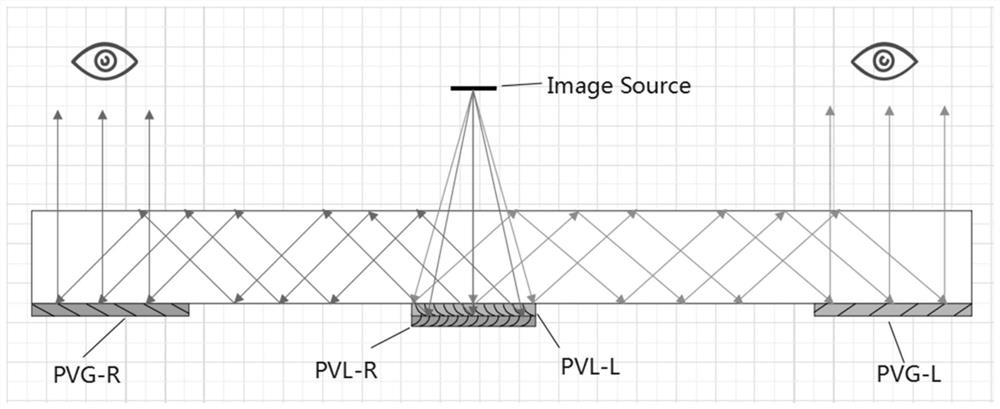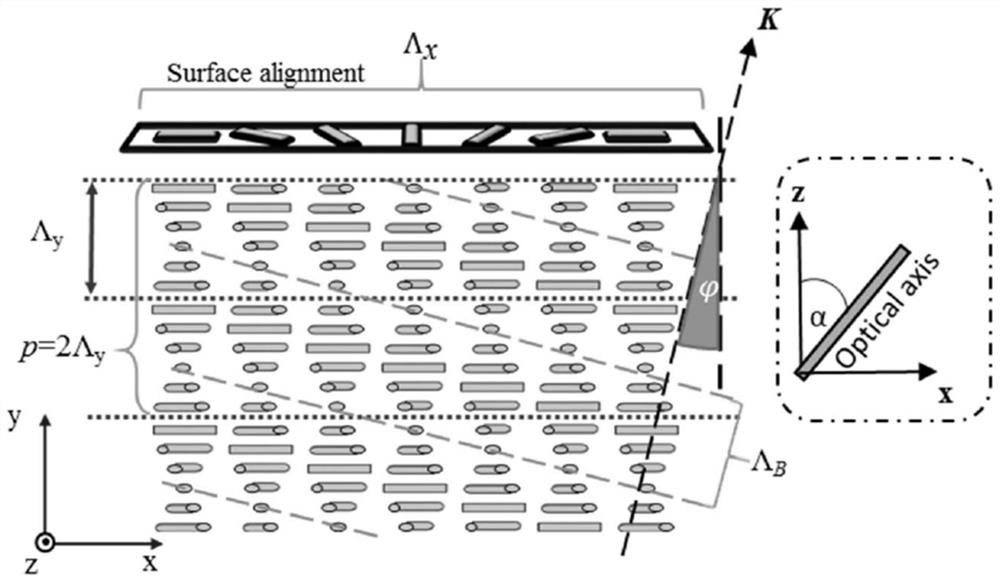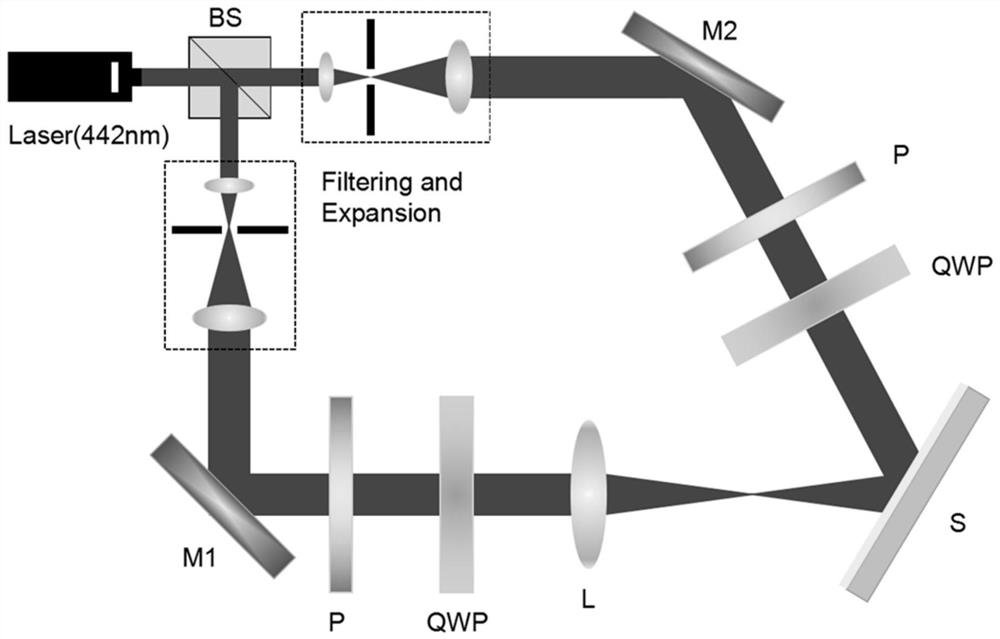Binocular waveguide display method based on reflective polarization multiplexing liquid crystal lens
A liquid crystal lens and polarization multiplexing technology, which is applied in the field of near-eye waveguide display, can solve the problem that the waveguide display system needs to use additional collimating lenses
- Summary
- Abstract
- Description
- Claims
- Application Information
AI Technical Summary
Problems solved by technology
Method used
Image
Examples
Embodiment Construction
[0031] In order to have a clearer understanding of the technical features, purpose and effects of the present invention, the present invention will be described in detail below in conjunction with the accompanying drawings and embodiments.
[0032] Such as figure 1 Shown is a schematic diagram of waveguide beam transmission based on reflective polarization multiplexing liquid crystal lens, the structure includes image source, optical waveguide plate, in-coupling lens (multiplexed by reflective liquid crystal Coupling grating PVG-L, PVG-R (both liquid crystal polarizer grating). The image source is placed on the focal plane of the in-coupling lens, so the divergent light from different points on the image source will be collimated into parallel light at different angles by the in-coupling lens, and the in-coupling lens also has the function of a grating, and the multiplexed PVL -L and PVL-R respectively respond to left-handed circularly polarized light and right-handed circula...
PUM
 Login to View More
Login to View More Abstract
Description
Claims
Application Information
 Login to View More
Login to View More - R&D
- Intellectual Property
- Life Sciences
- Materials
- Tech Scout
- Unparalleled Data Quality
- Higher Quality Content
- 60% Fewer Hallucinations
Browse by: Latest US Patents, China's latest patents, Technical Efficacy Thesaurus, Application Domain, Technology Topic, Popular Technical Reports.
© 2025 PatSnap. All rights reserved.Legal|Privacy policy|Modern Slavery Act Transparency Statement|Sitemap|About US| Contact US: help@patsnap.com



